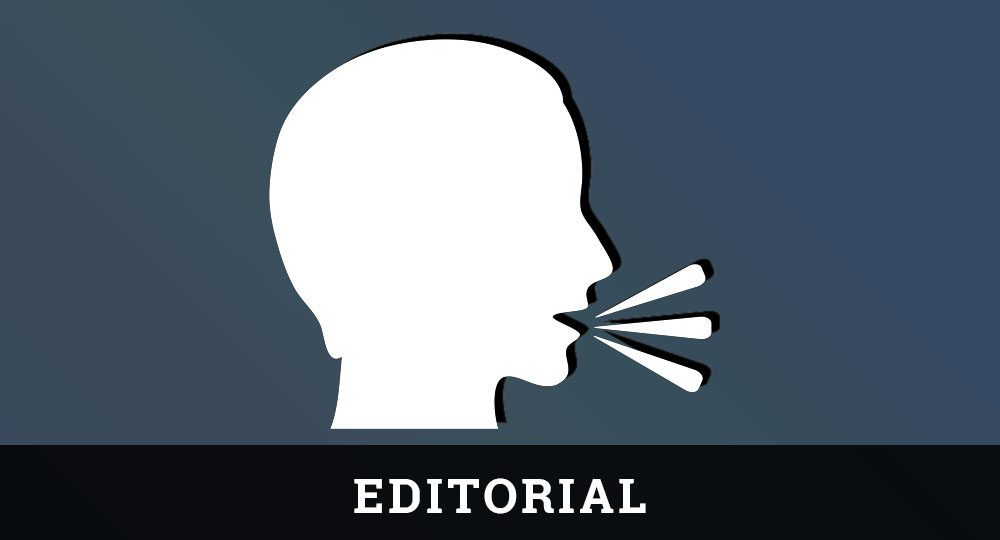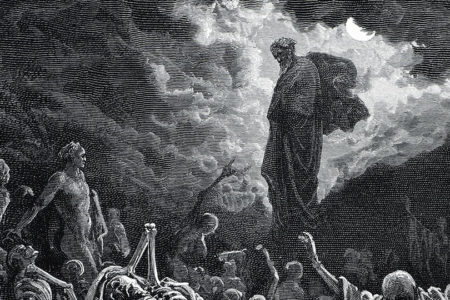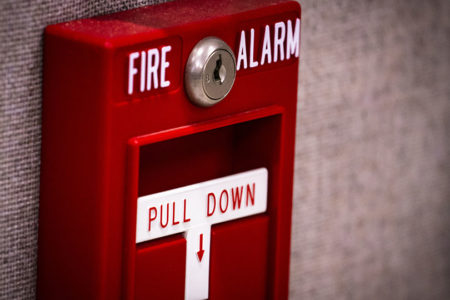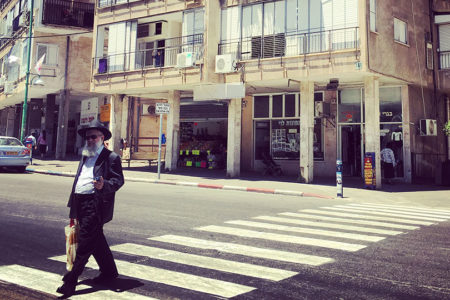Viewing the Evidence
Looks of revulsion marked the faces of primly dressed Aryan ladies who pressed handkerchiefs against mouths and noses as a defense against the acrid stench rising from the piles of bodies and charred remains draped in front of crematory oven doors. They had been herded into the death camps by allied commanders who had liberated those whom the Nazis, in their frantic efforts to destroy evidence of their stunning atrocities, had not killed or burned. Allied soldiers were brought to the camps too and became witnesses to the unspeakable.
General Eisenhower and his fellow commanders were making a point. Locals were brought to the camps to assess the carnage permitted by their indifference to the barbarism that had crushed and scorched the bodies of former neighbors. Most of them would profess—as one would expect, given the enormity of the crime—that they did not know what was happening. Well, now they knew. Those who viewed the evidence, whether they liked it or not, could never say, “It didn’t happen.” The battle-smeared young men from America who had been called out of ranks, loaded on trucks, and brought to the camps were charged by their superior officers: “When you return home, we want you to tell the American public what you saw here.” And tell them they did, and the memory of those brief tours of Hitler’s killing factories has never been erased.
The conviction that people had to see in order to believe was well founded. Personal testimonies, photographs, and written documentation of the horrors of the Holocaust provide the only hedge against forgetting and the inevitable tragedy of allowing the unthinkable to be reinvented by new merchants of horror. The passage of time is eliminating the eyewitnesses. And as they move off the scene, concern is rising among the people who personally stood within the barbed wire enclosures as the “Big War” was winding down. One veteran expressed it for many of his comrades-in-arms: “When we’re gone, and this generation has passed, who will be left to remember this?” His question bears a sense of lamentation because he sees and hears the tide of denial that is being raised by some contemporary revisionist historians and the new champions of ethnic cleansing. What farsighted military commanders feared for their generation is precisely what is taking root in the generation that did not personally view the evidence and would rather believe that it did not happen.
But it did happen, and, thankfully, today those who were not eyewitnesses to the ghastly dimensions of the Holocaust can view the evidence for themselves. And view it we must, because it is absolutely essential for every generation to be sensitized to the resident potential of depraved human beings if their passion for genocide is allowed to fester.
In Jerusalem, Yad Vashem, Israel’s memorial to the Holocaust, lays the evidence before visitors with displays and documentation that are emotionally gripping and historically irrefutable. The films, photos, statistical records, and grim memorabilia were gathered from the Nazi archives and stockpiles of records that Hitler’s butchers themselves had amassed. There has never been, in all of history, more solidly documented self-incrimination available than the chronicles of the atrocities provided by the perpetrators of the Holocaust. Compassionate people cannot visit the Jerusalem memorial and come away without some sense of what the young allied soldiers experienced in Europe.
But most North Americans will never personally visit Israel. They will, however, continue to be exposed to the perversions of those demented enough to dare say the Holocaust never happened. This problem is now being confronted by the construction of the United States Holocaust Memorial Museum in Washington, DC. The memorial was built in the same spirit that motivated General Eisenhower to insist on bringing Europeans and Americans into the camps to view the carnage. “The United States Holocaust Memorial Museum is dedicated to presenting the history of the persecution and murder of six million Jews and millions of other victims of Nazi tyranny from 1933 to 1945.” The statement of purpose goes on to say that “The Museum’s primary mission is to inform Americans about this unprecedented tragedy, to remember those who suffered, and to inspire visitors to contemplate the moral implications of their choices … ”
There is much being done in our capital these days that needs to be corrected. Erecting the five-story Holocaust Memorial, however, is something well worth commending. Here we have a witness—a witness to the fact that it did happen—and, more importantly, what happened, why it happened, and why it should never happen again. Visiting this memorial is not just a pilgrimage for Jews. Indeed, every American should see this memorial. It is a place where one can, and should, bring children. For Christians, it is must viewing during a visit to Washington.
But perhaps this memorial’s greatest value rests not in its prompting us to remember. Rather, it stands as a place where one can physically challenge those who, for their own devious purposes, are denying the fact, replacing history with fantasy, and, in the process, accusing Jewry of fashioning a colossal hoax. To every last one of them, one can now say, “Come with me to 100 Raoul Wallenberg Place in Washington, D.C., and I will show you the evidence.” Although they may depart only to forge new lies, the answer to those lies will remain as a witness to all who might be tempted to believe them or question the facts that those young soldiers brought back from World War II. It did happen. And when we are all gone, another generation will be able to personally view the evidence.








